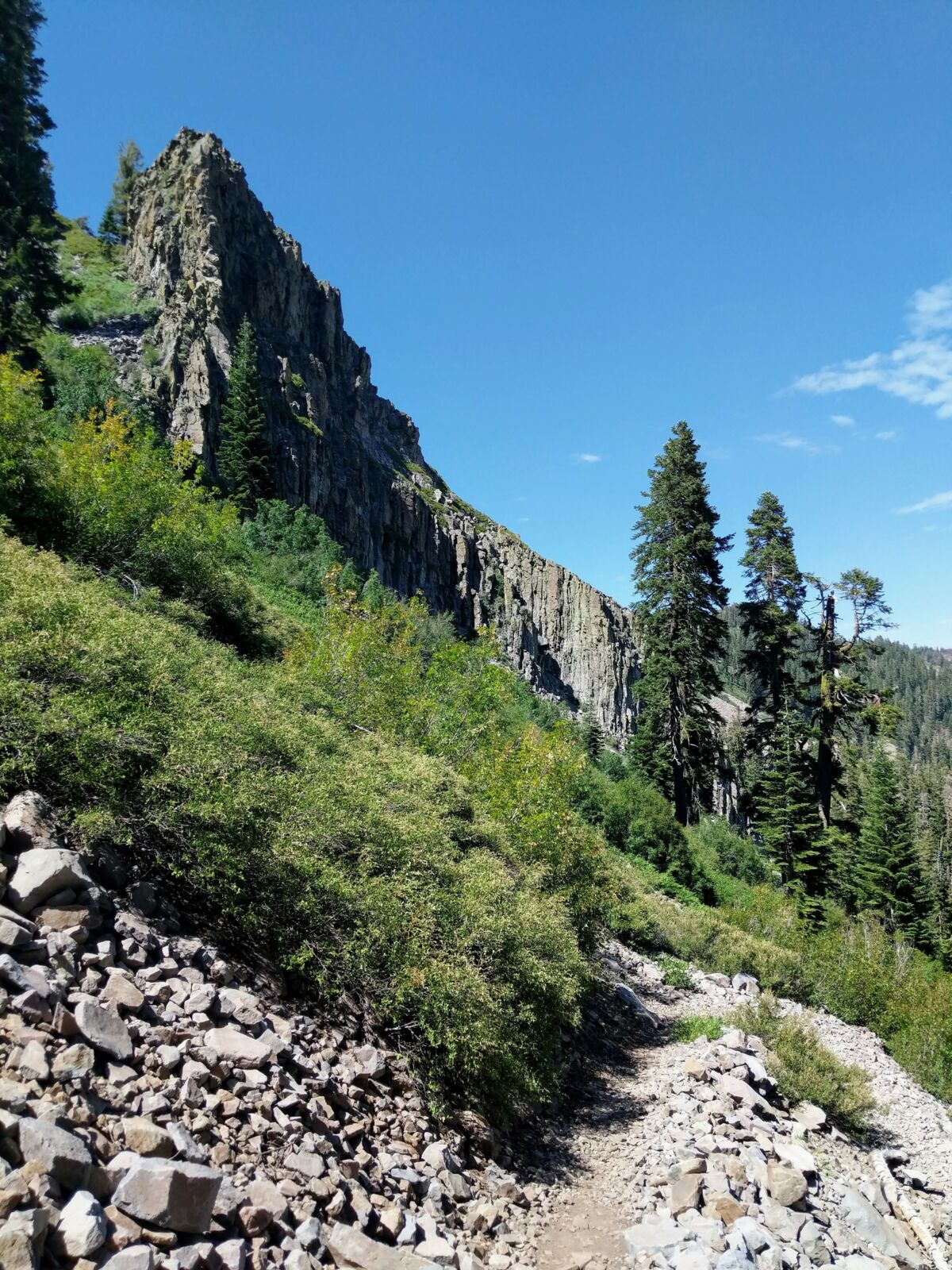The Lake Tahoe West Landscape Restoration Strategy provides a collaborative framework to restore 59,000 acres of federal, state, local, and private lands on the west shore of Lake Tahoe. The Strategy was developed by the Lake Tahoe West Restoration Partnership, a collaborative effort to increase the resilience of the forests, watersheds, recreational opportunities, and communities across the landscape.
Download the Landscape Restoration Strategy
- Lake Tahoe West Landscape Restoration Strategy (December 2, 2019)
- 4-page summary
- Press Release
Download the Supporting Technical Information
- Rationale and Supporting Information: provides supporting information on how the Objectives and other elements of the Landscape Restoration Strategy were derived.
- Lake Tahoe West Science Report: summarizes the findings by the Lake Tahoe West Science Team, which used a series of models to evaluate the effects of different management approaches on wildlife habitat, fire risks, water quality, economics, and other social and ecological values on the west shore.


